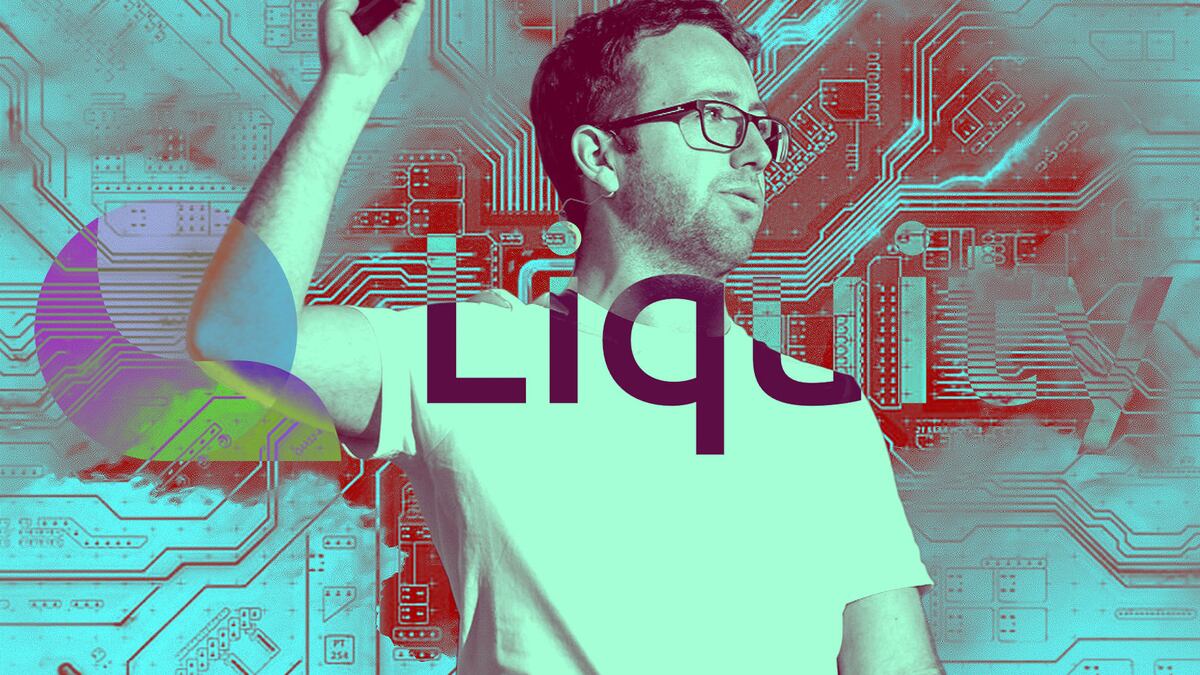- Developers behind DeFi lender Liquity are working on a stablecoin that will let borrowers choose their own interest rates.
- Their first stablecoin, LUSD, has lost market share over the past several months.
A forthcoming stablecoin from Liquity, the company behind stablecoin LUSD, will feature borrower-chosen interest rates rather than its predecessor’s one-time fee and accept versions of staked Ether as collateral.
Stablecoins are among the most successful real-world applications of crypto technology, having gained a foothold in some developing economies. Crypto traders also like stablecoins because they let users transact entirely on the blockchain, while avoiding the volatility of other crypto assets.
The design is intended to address a common tradeoff made by crypto purists. Decentralisation typically comes at the expense of flexibility, which can hamper projects in the fast-changing crypto economy.
LUSD is no exception. Its supply has declined almost 48% since August, to just $150 million Thursday — a tiny fraction of Ethereum’s $79 billion stablecoin market.
Liquity’s new stablecoin is scheduled to launch in the third quarter of 2024. Letting investors and traders choose their own interest rate should give those who prefer LUSD an alternative to the current “fixed, inflexible system,” Colin Platt, Liquity’s head of product, told DL News.
A put option
Liquity lets users borrow LUSD against Ether. Unlike similar protocols, however, it eschews interest rates for a one-time 0.5% fee, no matter the size or duration of the LUSD loan.
In order to redeem LUSD for the Ether that backs it, any holder can deposit LUSD in Liquity and draw Ether from an outstanding loan, effectively closing a position on someone else’s behalf.
The first loans to get closed out are those with the lowest collateralization ratio, or the least Ether backing the borrowed LUSD.
While this creates an incentive to provide a large amount of collateral for a given loan, protecting LUSD from Ether’s volatility, it also means borrowers can lose their Ether without warning, along with any opportunity to profit from its appreciation.
A new stablecoin that lets borrowers select their own interest rates should address that, Platt said.
In order to encourage users to borrow at non-zero interest rates, the new Liquity protocol will use an interest rate-based redemption mechanism, rather than its current collateral-based mechanism.
“Essentially, if you decide to pay zero when you’re borrowing and I decide to pay one, you will get redeemed before I do, which means you lose your upside,” Platt said.
“In financial terms, this looks very much like a put option inside of a bond.”
This should encourage users to borrow more stablecoin for the same amount of collateral, according to Platt.
“There will be overlap with our existing product, but we’re also looking to kind of expand that to attract bigger wallets,” Platt said.
“We’ve been speaking with a lot of larger institutions that have looked at … this kind of redemption based on collateralization that we have, and said, ‘Well, that’s make the protocol less effective for us.’”
‘Most decentralised’
LUSD is one of four stablecoins to earn an “A” from Bluechip, a stablecoin ratings firm in the mould of Wall Street rating agencies such as Standard & Poor’s and Moody’s.
Bluechip called LUSD the “most decentralised stablecoin” and one of the safest to be issued and redeemed entirely on-chain.
It only accepts Ether as collateral, eschewing US dollar equivalents such as Treasuries, which are popular with much larger competitors USDT and USDC. To protect against Ether’s volatility, LUSD is over-collateralized; to mint $1 of the stablecoin, a borrower has to deposit Ether worth at least $1.10.
The Liquity protocol is also immutable — that is, even its developers can’t tweak it to adjust any parameters such as interest rates or the kind of collateral it will accept from people who want to mint LUSD.
“It requires no governance, management, or trust in counter-parties,” Bluechip wrote. “In designing such a stablecoin, the makers of LUSD have made a conscious decision to eliminate risks which stem from human judgement and embrace technical risks instead.”
But that decision has come at a cost.
The supply of LUSD has slowly declined since August. Meanwhile, the overall supply of stablecoins has increased since November.
Platt attributed the attrition to the rise of staking on Ethereum and changing market dynamics.
“Since we launched in 2021, we’ve seen kind of an explosion in growth and interest around liquid staking tokens,” Platt said. “a lot of users like to place those as collateral and borrow against them.”
With launch scheduled for the latter half of the year, the Liquity team will have time to secure several audits of the new protocol and its stablecoin. It’s necessary for a protocol that cannot be changed after it’s released, even to fix a critical bug.
“Our contract for LUSD is the 17th largest ETH holder in the world,” Platt said. “That would put us up on par with some of the larger US exchanges.”
While the team has teased a Liquity “v2″ since last year, their plans for the next iteration of the protocol have evolved since. The team has yet to settle on a name for the new technology.
“I think we have some cool options that really hit on why this thing is different, why it’s happening, and where it’s going.”


